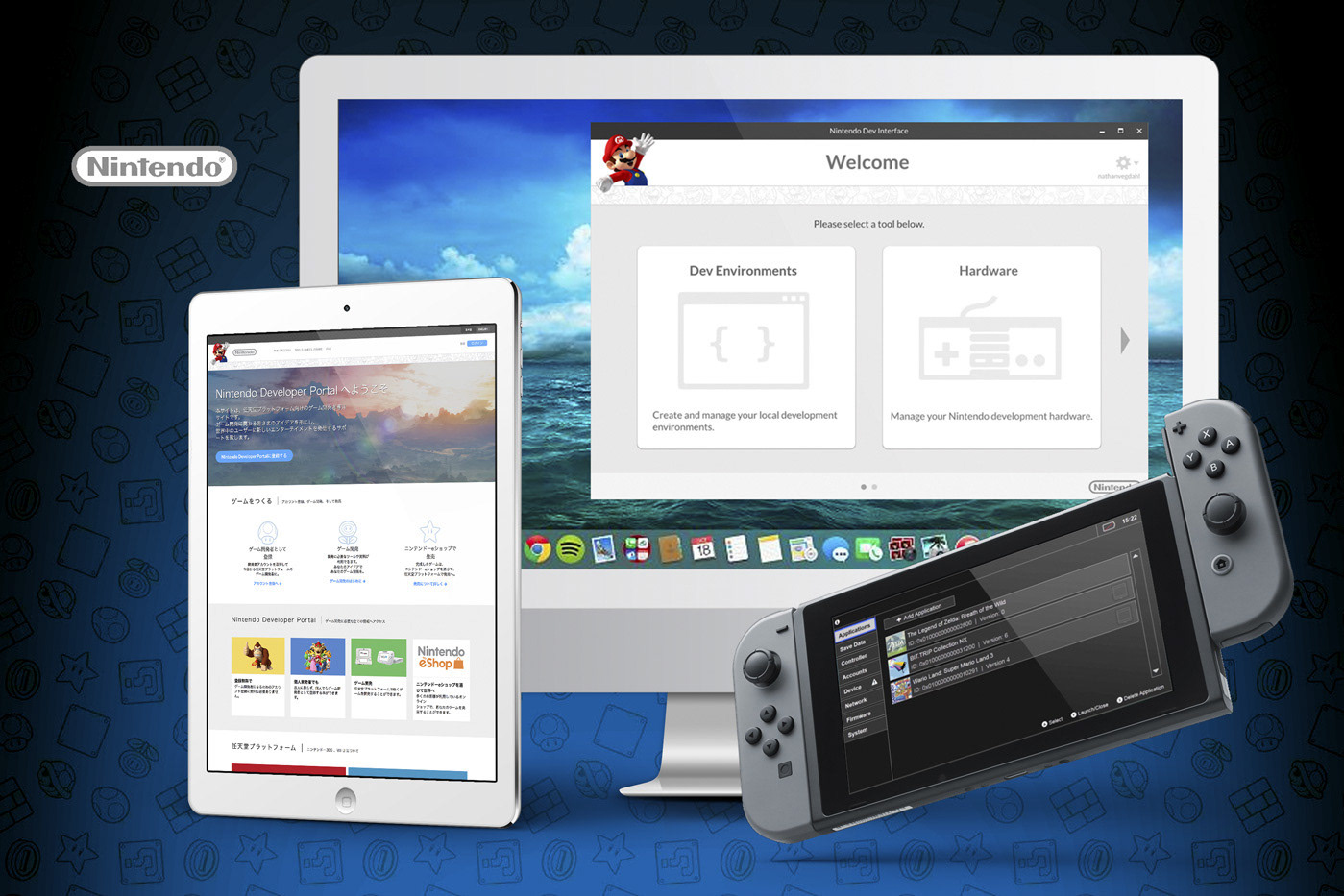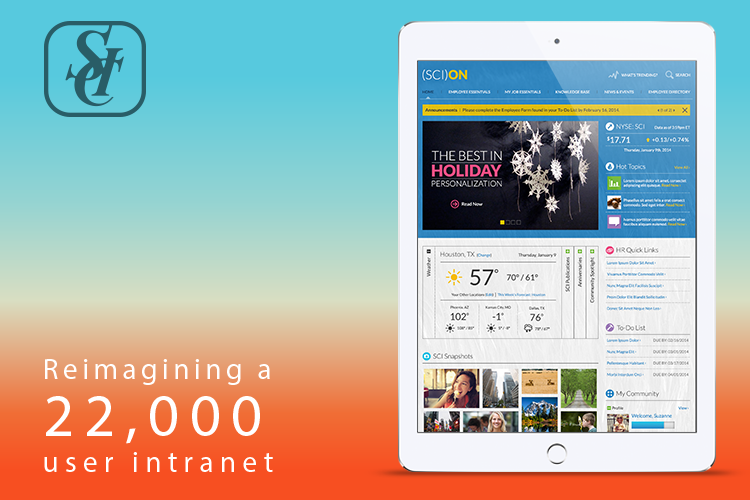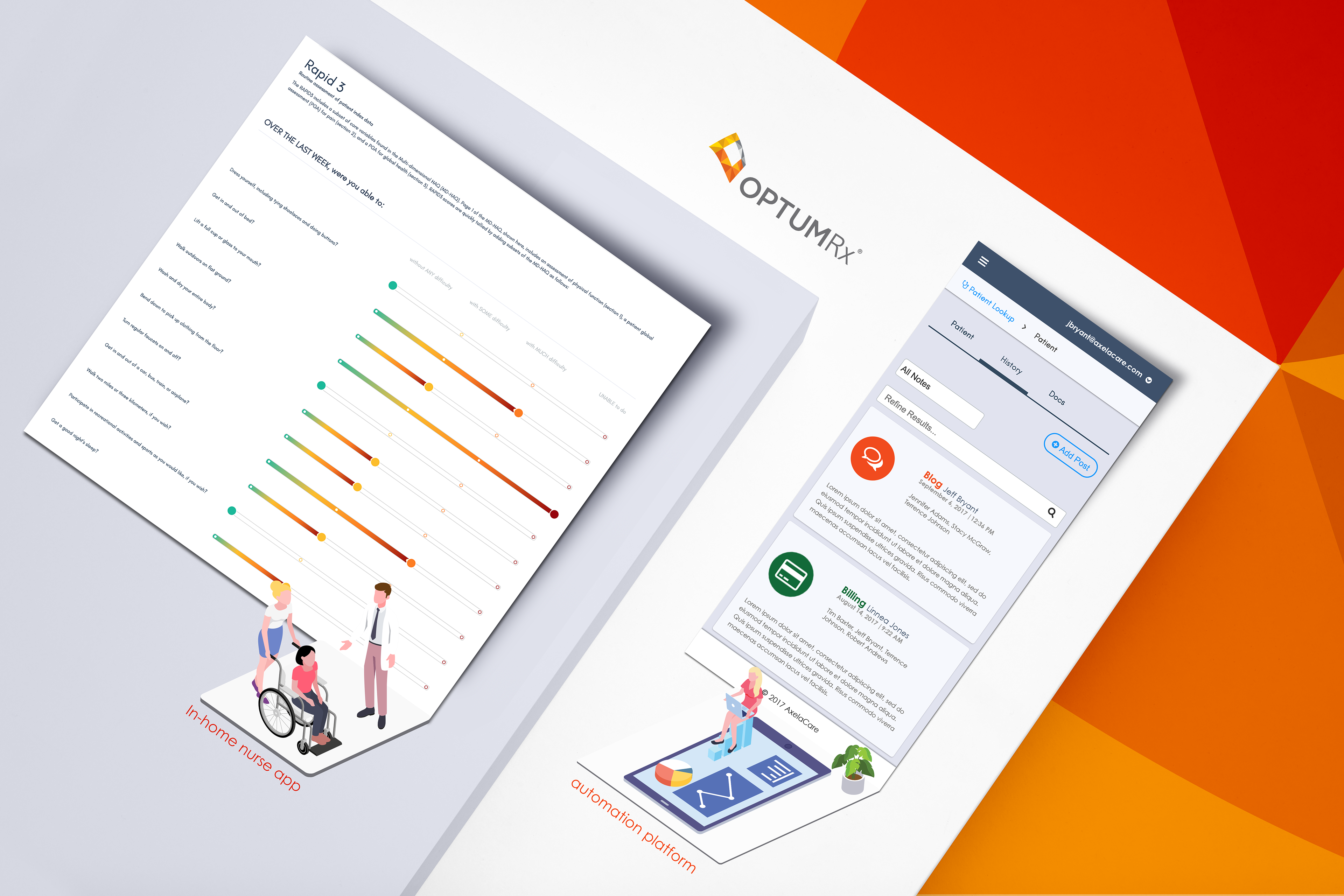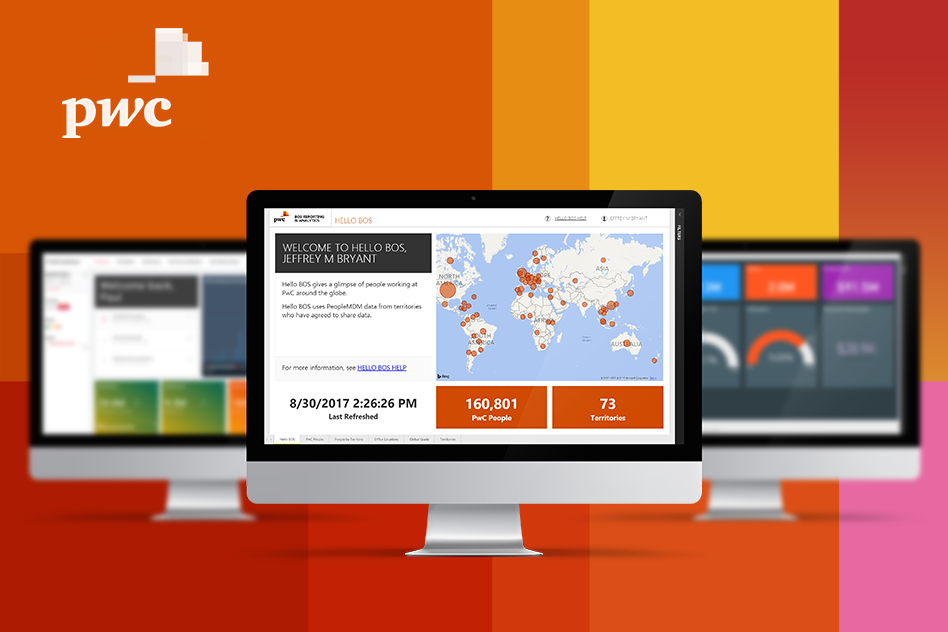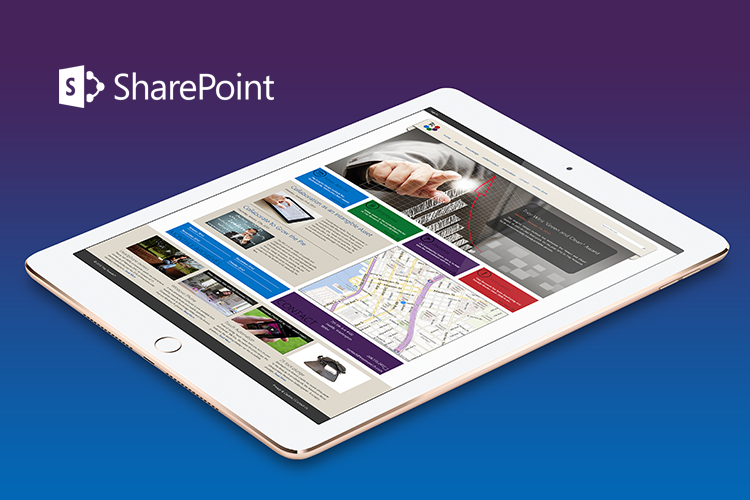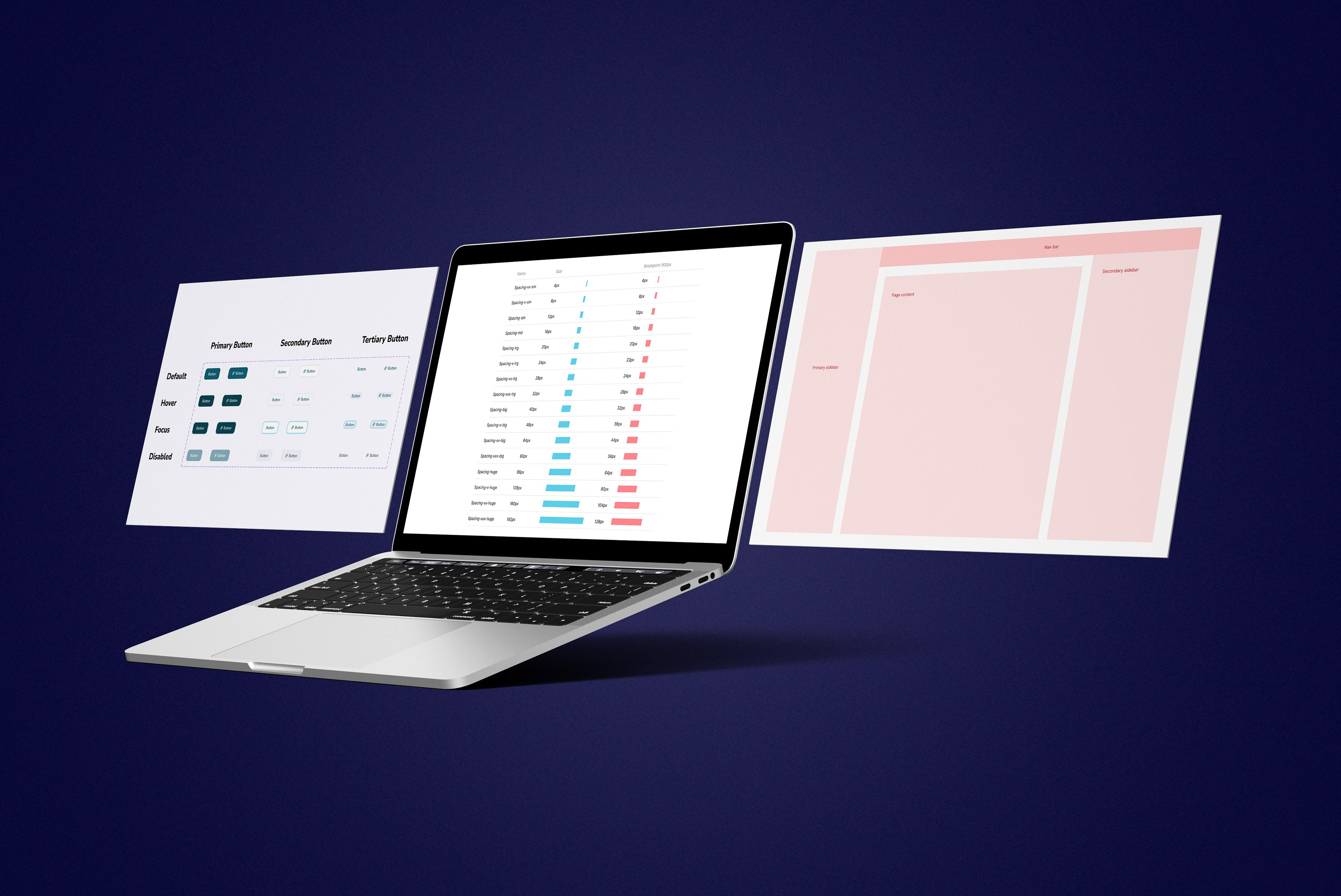Centralizing Medical Data: Owning the Journey Towards Seamless Interoperability
Our journey took a significant leap forward with the integration of WellSky's open API, a technological marvel known as WellSky IO. This pivotal step enabled us to achieve resounding success in onboarding a multitude of clinician offices and hospitals, all committed to the cause of secure data sharing. Through our meticulously designed system, we harnessed the power of WellSky IO to establish a framework that ensured data privacy and integrity throughout the process. This achievement marked a significant milestone as it allowed us to seamlessly unite these entities, fostering a collaborative environment where data flowed securely and efficiently, and ultimately contributing to the advancement of our interoperability mission.
The Challenge
When it comes to transferring data between various networks, particularly across network borders, several challenges must be addressed. The primary hurdle stems from the stringent regulations imposed by HIPAA, designed to protect patient data and prevent accidental disclosure of sensitive information. Additionally, there is the intricate technical infrastructure required to facilitate seamless data exchange between networks, which introduces another layer of complexity. Moreover, there is the question of a network's willingness to broaden its data-sharing capabilities to facilities outside its own network. Together, these complexities constitute a significant challenge that the interoperability initiative seeks to overcome.
Embracing WellSky's Vision: Crafting a UX Vision Aligned with Interoperability Goals
To initiate this journey, I discovered a solid foundation in WellSky's ambitious goal of achieving interoperability. By fully embracing this vision, I acquired critical insights that informed the development of the User Experience (UX) vision. As I explored WellSky's theoretical framework for interoperability, I gained a fundamental comprehension of the broader goals and objectives. This understanding acted as a guide, enabling me to create a UX vision that not only aligns with but also amplifies this overarching mission.
Mission Statement: A Strategic Approach to Uniting Diverse Clients through the Double Diamond Approach
Mission - Effectively and thoroughly integrate our varied client base by seamlessly including them within a cohesive and interconnected records system, using a strategic approach informed by the principles of the double diamond methodology.
Personas Crafted from Insight: In-depth Interviews with Key Roles
After carrying out in-depth interviews with a select cohort of Operations Coordinators and Clinical Liaisons, we collected invaluable data that laid the groundwork for developing nuanced personas for each of these critical roles.
Prioritizing Workload Through Collaborative Effort
I spearheaded the use of a 2x2 matrix to identify high-value, low-effort tasks, which aided in prioritizing the workload. This effort engaged all internal stakeholders, including Program Managers, Developers, and me. I assembled a list of issues identified during user interviews, and other stakeholders contributed additional issues. We then began organizing them, discussing their positions as we went along.
Harmonizing Parallel Initiatives Towards Interoperability
After successfully finishing the 2x2 matrix, it became straightforward to divide the tasks into sprints. Managing three simultaneous initiatives, all strategically aimed at driving the success of the overall interoperability project, requires a careful balance of focus, coordination, and proactive leadership. As I navigate the complexities of these concurrent efforts, I coordinate a series of harmonized actions, guaranteeing that each initiative plays a part in achieving the interoperability objective.
Visualizing Progress: Utilizing Weekly 4-Up Diagrams for Effective Project Updates to Leadership
Demonstrating my design advancements to leadership was simplified through the creation of a weekly 4-up diagram. This visual aid enabled me to effectively communicate the project's current status, completed milestones, noteworthy achievements, and potential risks.
Sketching the Foundation: A Prerequisite Exploration Before Figma Design
Before delving into Figma, I took an initial step by creating a series of sketches. These sketches serve the purpose of reviewing different states of the UI features, providing a comprehensive exploration and understanding of the design variations before moving on to the digital design phase in Figma.
Creating Visual User Journeys: Connecting Screens to Personas for Streamlined Workflow Insights
By linking screens directly to personas, my objective was to visually depict the unique routes that each persona, such as Heather and Rachel, would navigate at different phases within the user flow. This approach not only offered a comprehensive understanding of user interactions but also empowered them with a cohesive ecosystem. Now, Heather and Rachel can seamlessly explore new patient opportunities, access historical documents from previous facilities, and efficiently schedule appointments, all within a unified architectural framework that enhances their overall experience.
Thoughts
Even today, the monotonous task of filling out medical forms is widespread, especially within a particular network of physicians and even more so with providers outside of it. For more than a year, I led an effort to help hospitals, clinics, and other medical institutions consolidate their data into a single location. The goal of this effort was to create a central data hub that would facilitate the effortless exchange of patient information among these organizations via a method known as interoperability.
